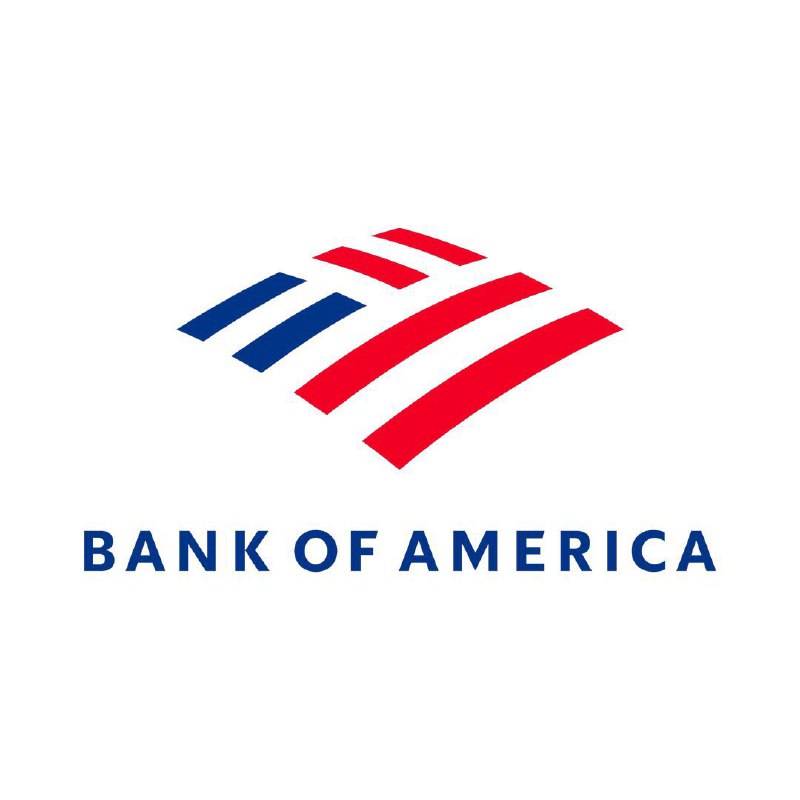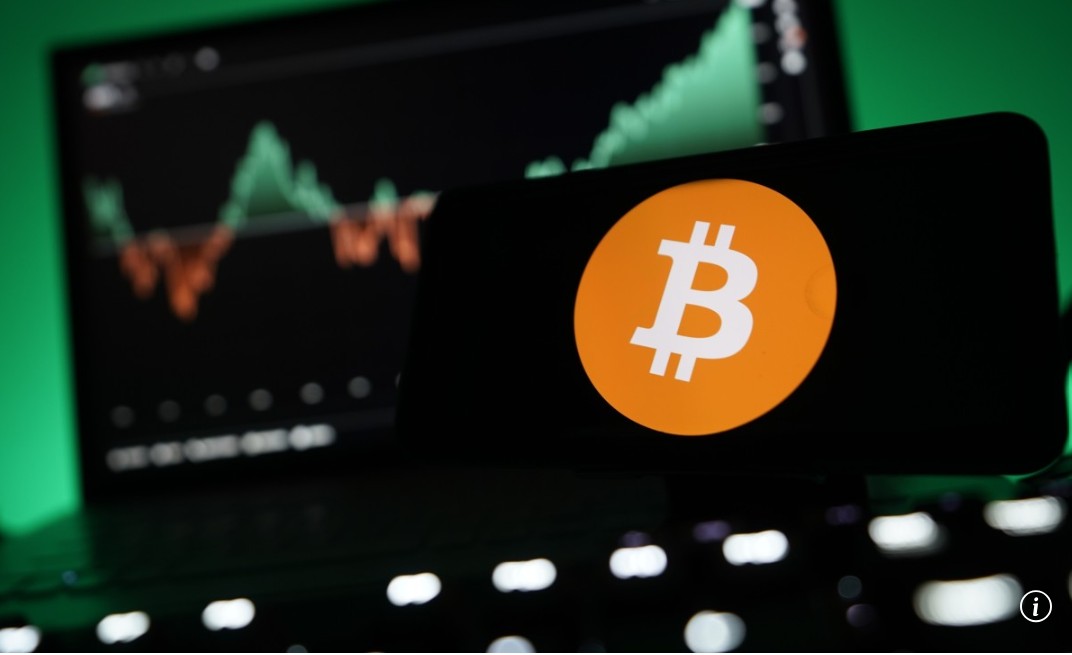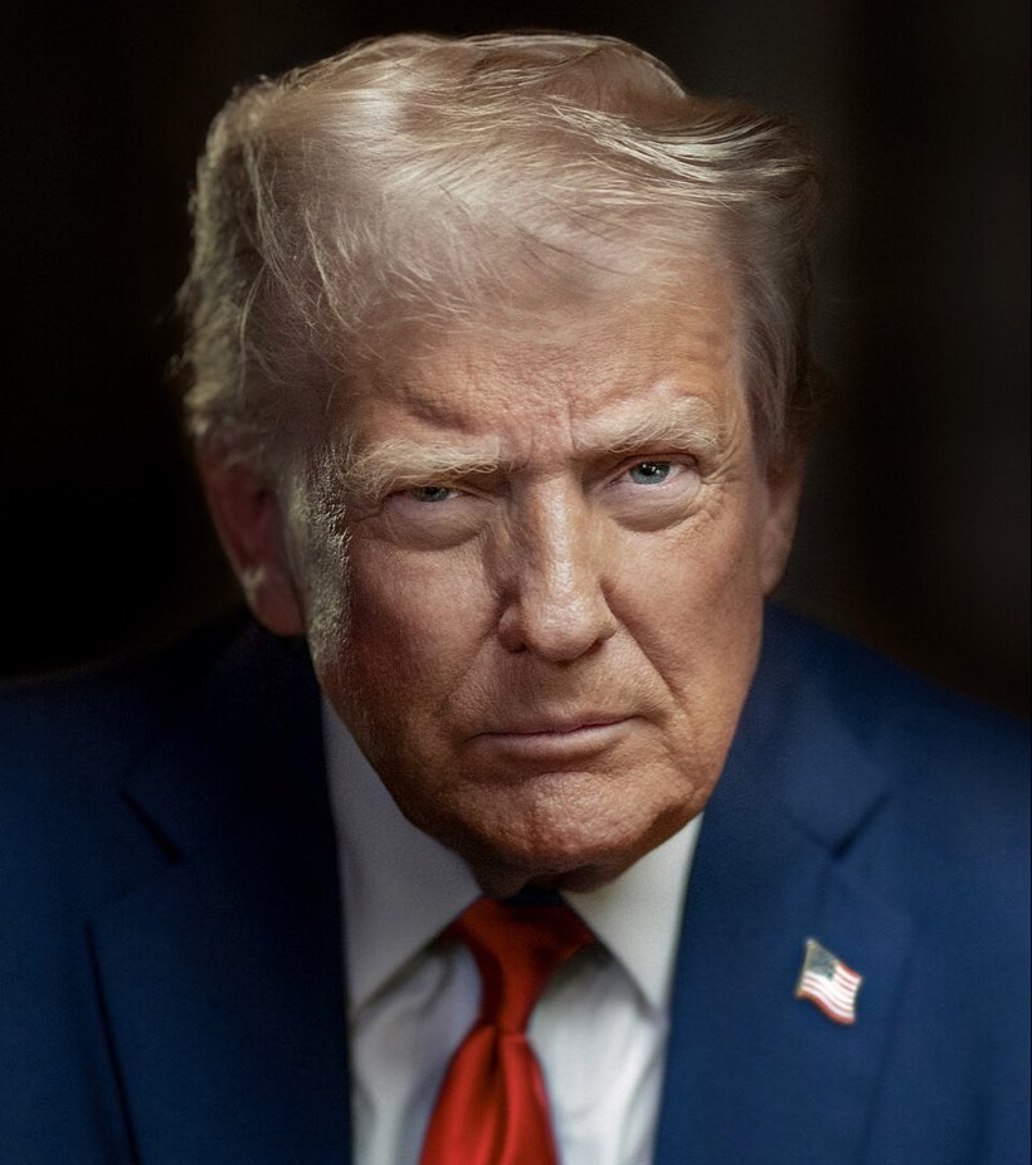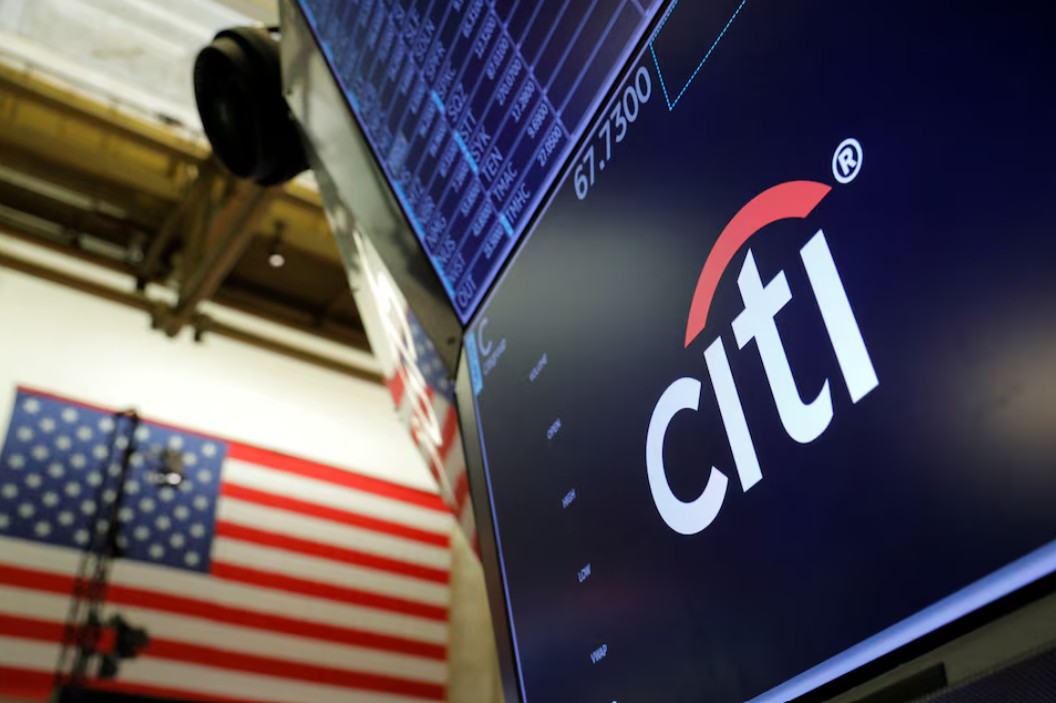In a groundbreaking statement that signals a major shift in traditional finance, Bank of America has revealed that many global banks are actively preparing to launch their own crypto stablecoins, marking a new phase in the integration of blockchain technology into the traditional banking system.
Stablecoins Enter the Banking Arena
According to a Bank of America executive speaking at the 2025 Digital Finance Summit, financial institutions across the U.S., Europe, and Asia are developing blockchain-based stablecoins to meet rising demand for faster, cheaper, and more transparent transactions.
“It’s no longer just tech startups and crypto-native companies. Banks are realizing that stablecoins can enhance liquidity, reduce settlement risks, and support cross-border trade,” the official said.
What Are Crypto Stablecoins?
Stablecoins are cryptocurrencies pegged to fiat currencies (like the U.S. dollar or euro), designed to maintain price stability. They are widely used in DeFi, crypto trading, and remittances — but until now, banks have remained cautious about direct issuance.
Now, that’s changing — and fast.
Key Developments:
-
Bank of America is reportedly in late-stage talks with regulators regarding its own USD-backed stablecoin, potentially launching by early 2026.
-
European banks are exploring Euro-denominated stablecoins to compete with U.S.-led digital currency efforts.
-
Asian institutions, particularly in Singapore and South Korea, are testing blockchain-based payment systems using private stablecoins.
Why Now?
The shift comes amid:
-
Rising competition from private stablecoins like USDT, USDC, and PayPal USD.
-
Regulatory frameworks like MiCA (EU) and Tokenization Guidelines (U.S.) becoming more defined.
-
Growing demand for instant settlement and programmable money in global finance.
CentBit Expert Insight
“Stablecoins issued by banks could bring trust and compliance to the digital asset world,” said Tanvir Rahman, a blockchain consultant at CentBit.Online. “For Bangladesh and other developing economies, this trend could revolutionize remittances and trade finance.”
🇧🇩 What This Means for Bangladesh
-
Faster remittances with lower fees
-
Access to regulated digital dollars via local banks
-
Potential for stablecoin-backed cross-border e-commerce
As regional banks explore their role in this transformation, Bangladesh’s regulators and fintech firms must prepare for a hybrid finance (HyFi) future — where crypto and traditional banking coexist seamlessly.
Stay tuned with CentBit.Online for daily updates on crypto adoption, blockchain regulation, and the future of financial systems in Bangladesh and beyond.





